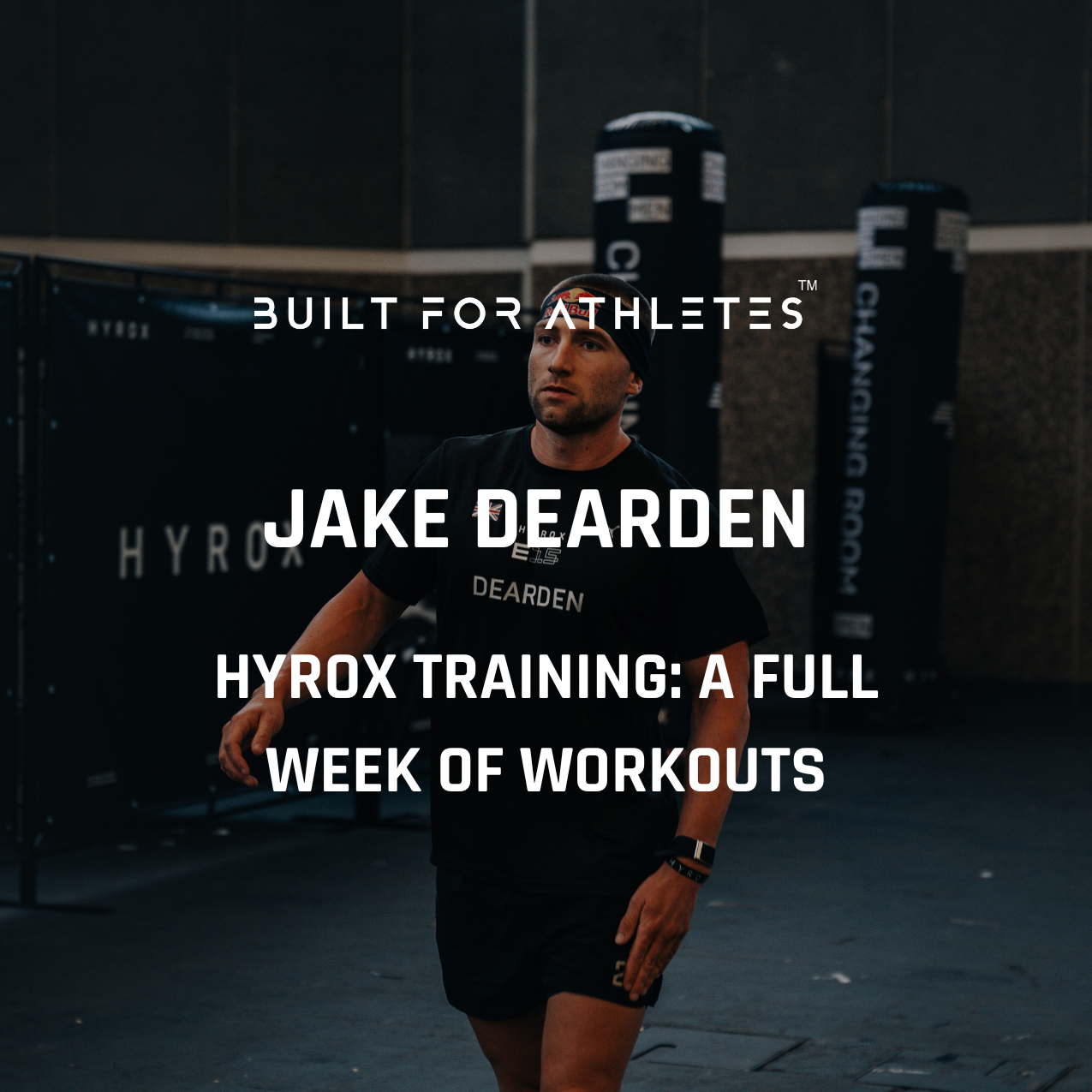Anyone who has watched the documentary Free Solo will know Alex Honnold is obsessed with climbing.
He sacrifices home comforts, living out of a van so he can wake up and head straight to the cliffs, and is willing to risk his life by taking on the most insane routes with no ropes.
His dedication is the reason he was successful in becoming the first person to climb the El Capitan route in Yosemite National Park on his own with no ropes.
His day starts at 4am to make the most of the sunlight, and he spends 40 hours training each week.
A top free solo climber needs the confidence that comes with having a huge level of fitness, and the knowledge that they’ve repeated the climb hundreds of times.
Here’s how Honnold built that fitness and technique to reach the El Capitan summit in 2017.
How Alex Honnold Built His Physical Conditioning
It took Honnold three hours and 56 minutes to complete the climb, so he had to have an incredible aerobic base.
His body was working to keep him on the cliff face for the full four hours. Keeping a low heart rate and staying calm is crucial, and you can’t do that without being incredibly fit.
To achieve that fitness, Honnold didn’t do anything out of the ordinary. He simply spent a whole lot of hours climbing.
“I knew that for me to feel comfortable free soloing Freerider (one of the most difficult sections of the El Capitan route) I was going to climb it over and over again,” he said.
“That meant that I had to be physically strong enough to not just climb it once, but climb it 15 times or more over the course of a few months.”
He would also hike a decent distance to the start of his route each morning. That would have been training his aerobic system without Honnold even thinking about it.
Alex Honnold’s Hangboard Routine
Hangboards are crucial to climbers, and in particular to those who free solo, because your grip is everything.
"A hangboard is a little piece of wood with edges, holes and slopes," Honnold explained. "There are different strategies for different things - hanging, varying grips, adding weight. If I do a hard finger workout, I'm definitely sore."
If you haven’t conditioned your hands and fingers to stay strong on difficult technical holds, you won’t have a chance on the mountain.
Honnold had a hangboard attached to the inside of his van which he used almost every day in his preparation for El Cap.
Most people strap weights to themselves to make it more challenging, but he was scared he’d rip the roof off his van if he did that, so he stuck to bodyweight.
He would mostly do reps of seven-second hanging holds, with three seconds rest.
Alex Honnold’s Stretching Routine
Flexibility is another critical attribute for any top climber. You have to be able to move your body freely to get through difficult situations.
That’s where regular stretching comes in.
“I had a nightly stretching routine that was primarily built so that I could do the karate kick that I had to do in the Boulder Problem pitch on El Cap without tearing my hamstring,” Honnold said.
“That nightly stretching occasionally would devolve into me just laying down on the floor for 20 minutes thinking about moves.”
That last bit might sound a bit insane, but visualisation is proven to boost performance in sport.
It was another crucial component in getting Honnold to the top.



Share:
There's Finally Proof You Can Cut Body Fat Through Strength Training Alone
9 Ways To Make Your Push-Ups Harder For Strength Gains